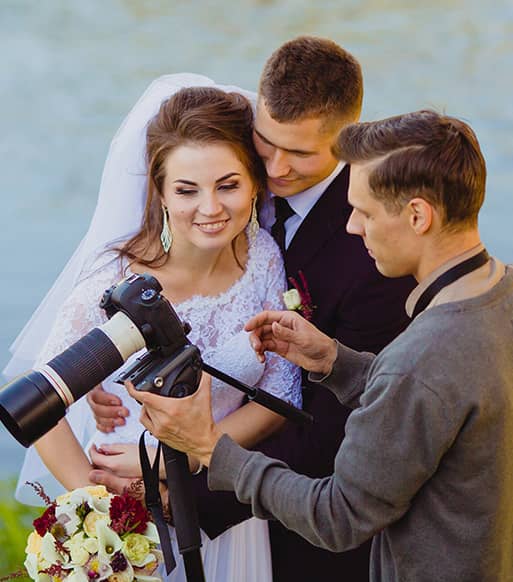Photography is a captivating art form that allows us to freeze moments in time, capturing the beauty and emotion of the world around us. Whether you’re using a smartphone or a professional DSLR camera, one fundamental aspect of photography that you must grasp is exposure. Exposure is the key to creating visually stunning images, and this beginner’s guide will help you demystify the concept of exposure and its role in photography. Not only will you learn the basics, but you’ll also discover how to use exposure to your advantage to capture breathtaking photos.
What is Exposure?
Exposure in photography refers to the amount of light that reaches the camera’s sensor or film. It determines the brightness or darkness of a photograph and is composed of three primary elements: aperture, shutter speed, and ISO. Understanding how these elements work together is essential for achieving the desired exposure.
- Aperture
Aperture is like the window through which light enters your camera. It is represented by an f-number, such as f/2.8, f/5.6, or f/11. The smaller the f-number, the wider the aperture and the more light it allows in. A wider aperture (e.g., f/1.4) is great for low light conditions and creating a shallow depth of field with a blurry background, while a narrower aperture (e.g., f/16) is ideal for landscapes, ensuring everything is in focus.
- Shutter Speed
Shutter speed determines the amount of time your camera’s sensor is exposed to light. It is measured in fractions of a second, such as 1/1000, 1/250, or 1/30. Faster shutter speeds (e.g., 1/1000) freeze fast-moving subjects, while slower speeds (e.g., 1/30) can capture motion and create beautiful effects like light trails or flowing water.
- ISO
ISO represents the sensitivity of your camera’s sensor to light. A low ISO, like 100, is suitable for well-lit environments, producing sharp and noise-free images. In contrast, a high ISO, such as 3200 or 6400, is necessary in low-light situations, but it may introduce noise or grain to your photos.
The Exposure Triangle
To achieve proper exposure, you need to balance these three elements – aperture, shutter speed, and ISO – often referred to as the exposure triangle. Adjusting one of these settings will affect the others. For example, if you want to use a wider aperture to blur the background (a small f-number), you might need a faster shutter speed or lower ISO to prevent overexposure.
Tips for Mastering Exposure
- Use Your Camera’s Exposure Modes: Many cameras have preset exposure modes, such as aperture-priority (Av or A), shutter-priority (Tv or S), and program (P). These modes simplify the process by allowing you to control one setting while the camera manages the others.
- Learn to Read the Histogram: The histogram is a graphical representation of the tonal distribution in your photo. It helps you determine if your image is overexposed (shifted to the right) or underexposed (shifted to the left).
- Bracket Your Shots: When uncertain about the correct exposure, take multiple shots with different settings to ensure you capture the best possible image.
- Consider the Quality of Light: The time of day and the direction of light have a significant impact on your exposure. The “golden hour” during sunrise and sunset often produces soft and warm light, while harsh midday sun can lead to challenging exposure conditions.
Mastering exposure is a fundamental step in becoming a proficient photographer. By understanding the relationship between aperture, shutter speed, and ISO, you’ll have the power to capture the world in all its glory. As you experiment with these settings, you’ll not only gain control over your images but also develop a unique photographic style. So grab your camera and start practicing – your journey to understanding exposure has just begun!

